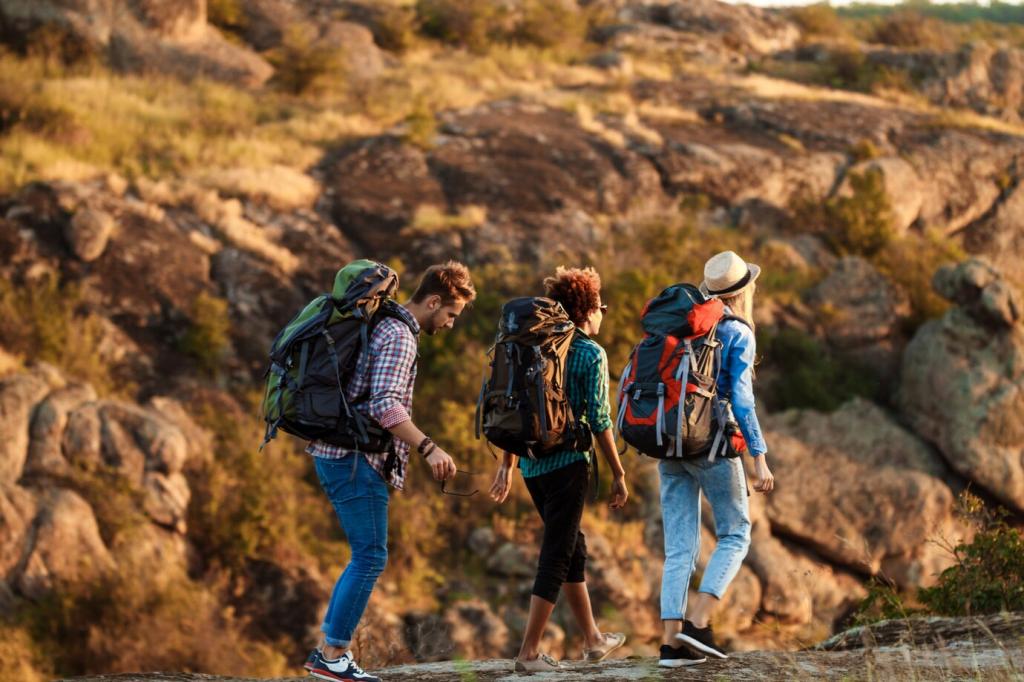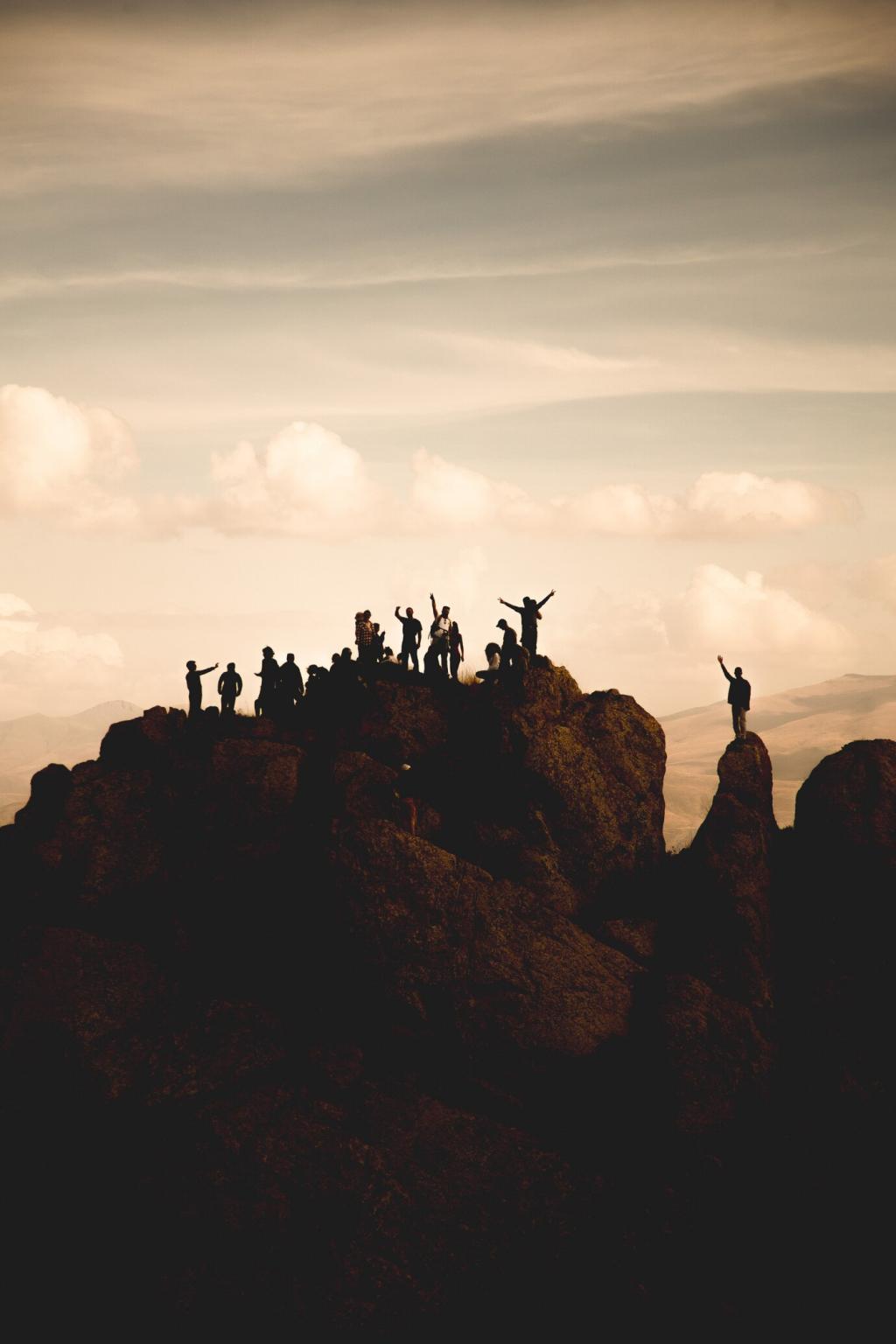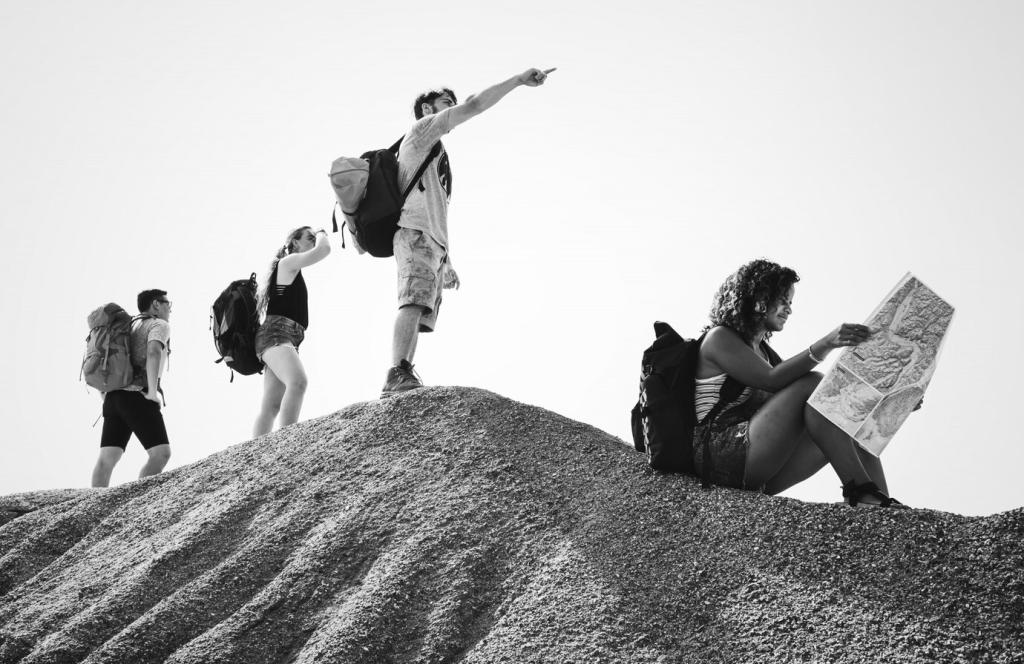Interactive Techniques for City Tour Guides
Chosen theme: Interactive Techniques for City Tour Guides. Step into a people-first approach where every street becomes a stage, every landmark a prompt, and every traveler a co-author. Join us, share your favorite interactive idea, and subscribe for weekly field-tested prompts that turn passive listeners into lively collaborators.
Conversation-Led Walking: Turning Streets into Dialogue
Socratic Stops
At each stop, pose layered questions that tease out meaning: What do you notice first? Why might the architect choose that curve? Who benefited, and who didn’t? In Porto, one guide used this technique at a river quay and uncovered family migration stories from three guests who had never met before.
Name the Narrative
Invite the group to title the next block before you begin it. After walking, compare the imagined title with the true history and discuss overlaps. This playful mismatch sparks empathy and memory. Share your best guest-created title with us, and we’ll feature it in a future roundup.
Echo the City
Ask participants to repeat a single word they associate with the scene—quietly at first, then again later in the tour. The evolving echoes reveal shifting perspectives. It’s simple, inclusive, and powerful. Try it this weekend, then message us the before-and-after words you heard most.
Playful Mechanics: Games That Unlock Urban Stories
Give small quests tied to the site’s story: find a symbol of resilience, a trace of old craftsmanship, a clue to migration. In Kraków, a guide asked guests to spot three shades of brick repair, illustrating post-war restoration choices. Guests later reported remembering details months after.
Playful Mechanics: Games That Unlock Urban Stories
Distribute bingo cards featuring thematic prompts—‘civic pride mural,’ ‘repurposed factory,’ ‘hidden date on façade.’ Instead of prizes, offer narrative choices: win a row, pick the next detour. This keeps attention broad and playful while centering storytelling over competition.
Playful Mechanics: Games That Unlock Urban Stories
Hand out cards labeled ‘Past,’ ‘Present,’ and ‘Future.’ At key spots, invite holders to speak a one-sentence reflection in character. In Seville, a ‘Future’ guest imagined resilient shade canopies inspired by almonds; the ensuing discussion connected climate adaptation with historic trading routes.
Sensory Engagement: See, Hear, Touch the City
Pause and map the sound layers: tram bell, café clink, seagull cry, distant hammer. Assign each sound a decade and imagine the street that decade. This exercise turns ambient noise into historical texture and helps groups slow down with intention instead of rushing between highlights.


Multimodal Briefings
Begin with a quick visual map, plain-language summary, and two gestures that will signal ‘pause’ and ‘continue.’ Offer printed keywords and large-type prompts. When guests know how to participate, they do. In our surveys, this two-minute ritual increased participation by quieter attendees.

Silent Co-Guides
Invite nonverbal contributions: a nod vote, pointing cards with icons, or colored ribbons to indicate interest levels. On a waterfront tour, ribbons helped shape detours without constant chatter, giving space to neurodiverse guests who preferred structured, low-noise choice-making.

Language Bridges
Pair guests as ‘word buddies’ to translate a single key term at each stop into their own languages, then share back. This sparks micro-lessons and respect. Provide a small glossary with phonetic hints. Ask readers to comment with phrases that always delight their groups.
QR Breadcrumbs
Place temporary, permission-approved QR cards at meeting points to reveal a single extra photo or a sixty-second audio clip. Keep content short. One Berlin guide used night-only QR audio to compare day and evening soundscapes, turning return visits into fresh discoveries.
AR Windows
Use simple augmented overlays to align vanished façades or floodlines with today’s view. Keep it optional and brief, then step back to free-view discussion. In Venice, an AR floodline sparked a debate about resilience projects and guest-led brainstorming on community adaptation.
Live Polls, Real Choices
Run one live poll mid-tour: ‘Courtyard craftsmanship or market gossip next?’ Majority picks the path, minority gets a dedicated micro-story soon after. This keeps momentum democratic. Tell us your best binary choice prompt, and we’ll compile them into a subscriber resource.
Story Ownership: Let Guests Co-Create the Tale
Invite guests to pick a pocket object—a ticket stub, a key, a coin—and connect it to a site’s theme in two sentences. The constraint sparks creativity. In Lisbon, a metro ticket became a portal to earthquake-era evacuations, leading to an impromptu reflection on preparedness and community care.
Story Ownership: Let Guests Co-Create the Tale
Lay out a simple city sketch at the final stop. Ask each guest to add one symbol for a feeling or insight. Photograph and share the map later with consent. This physical trace honors diverse perspectives and becomes a memorable post-tour keepsake for your newsletter audience.


